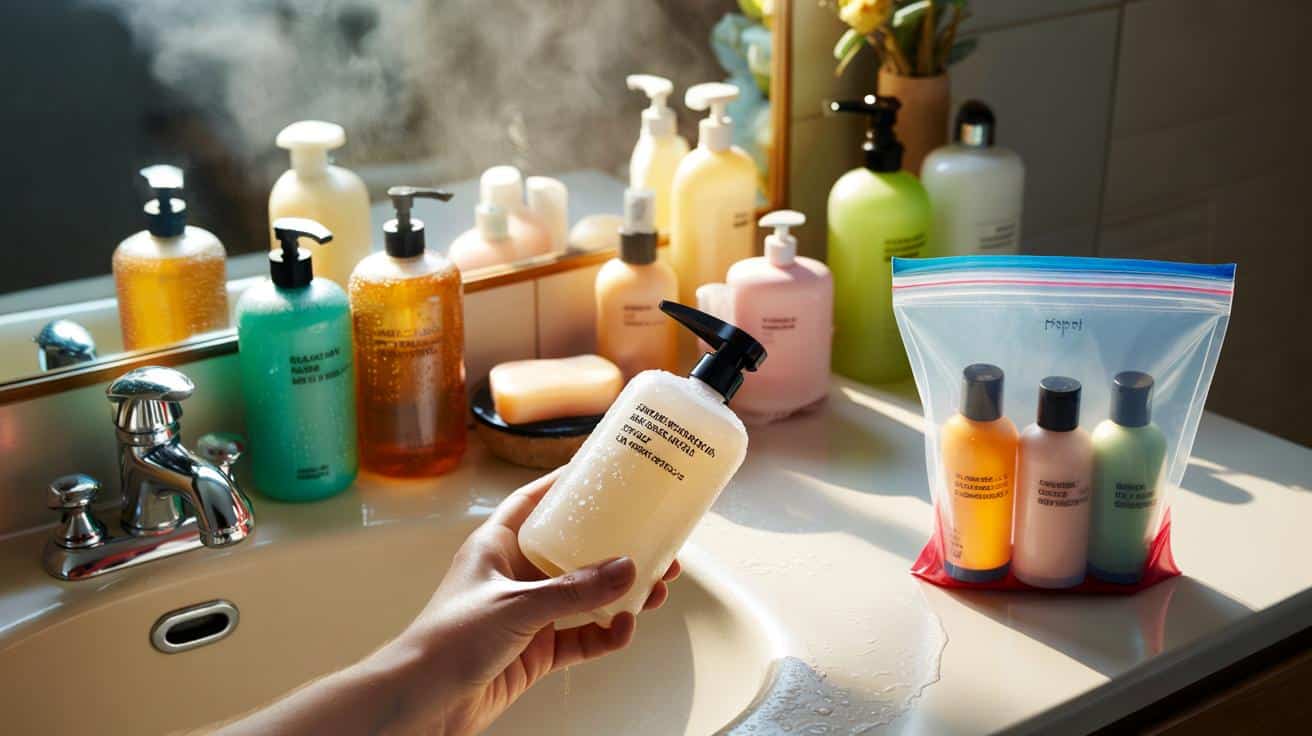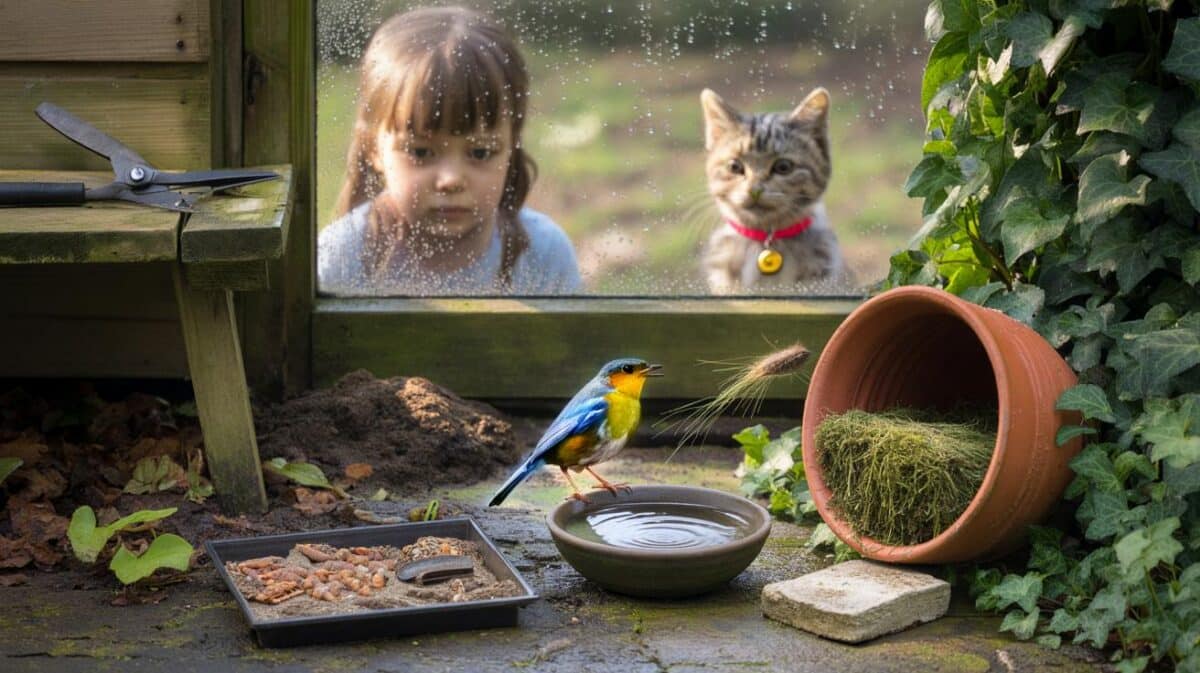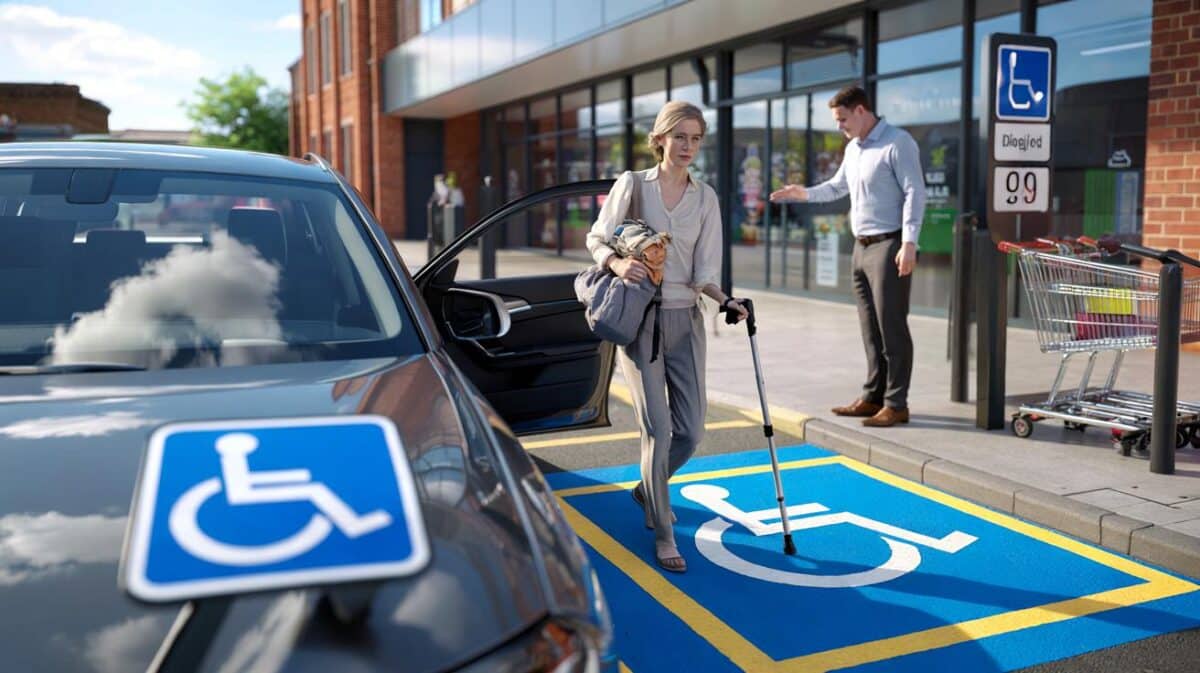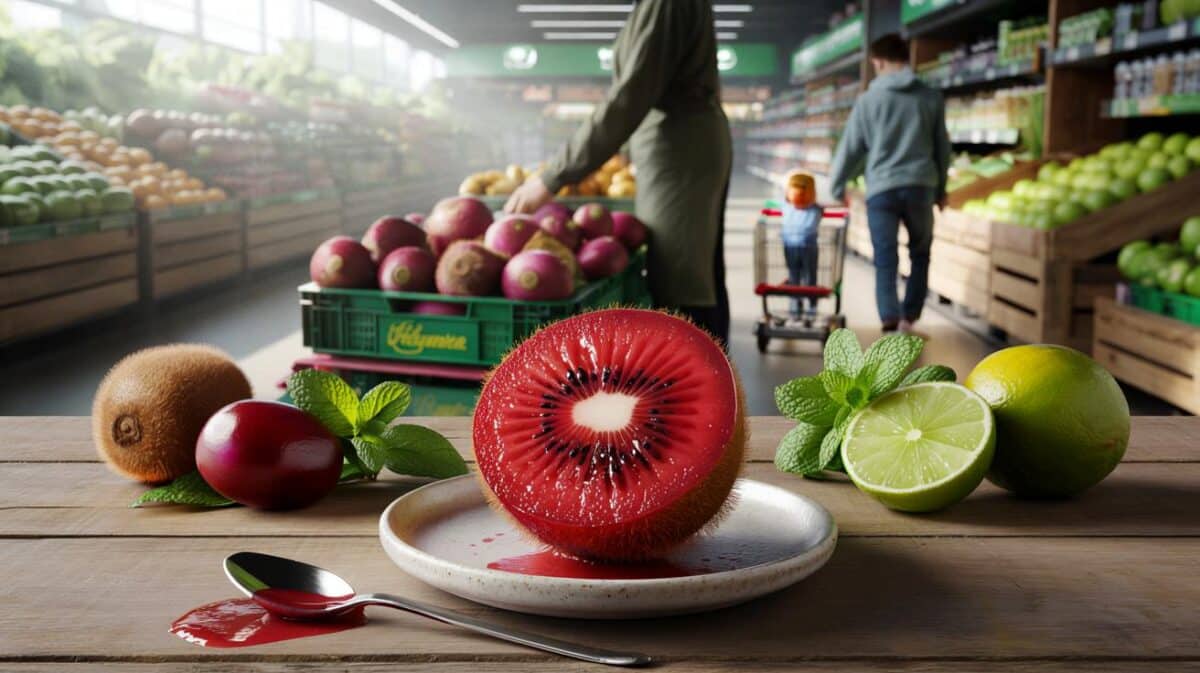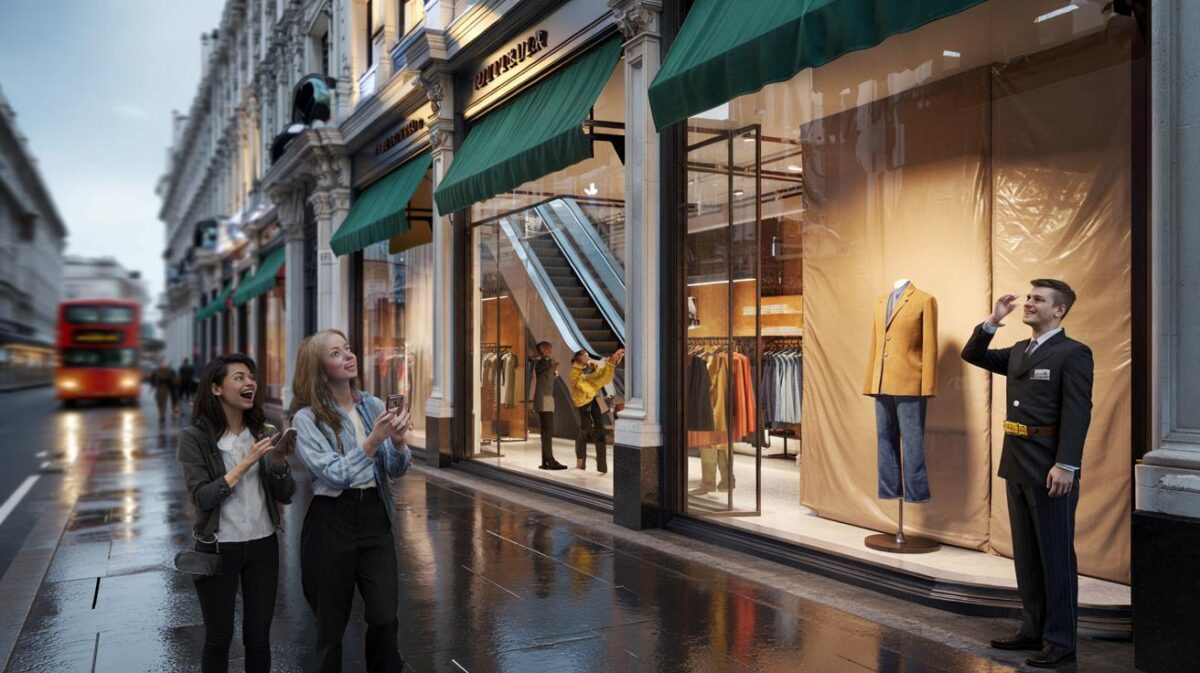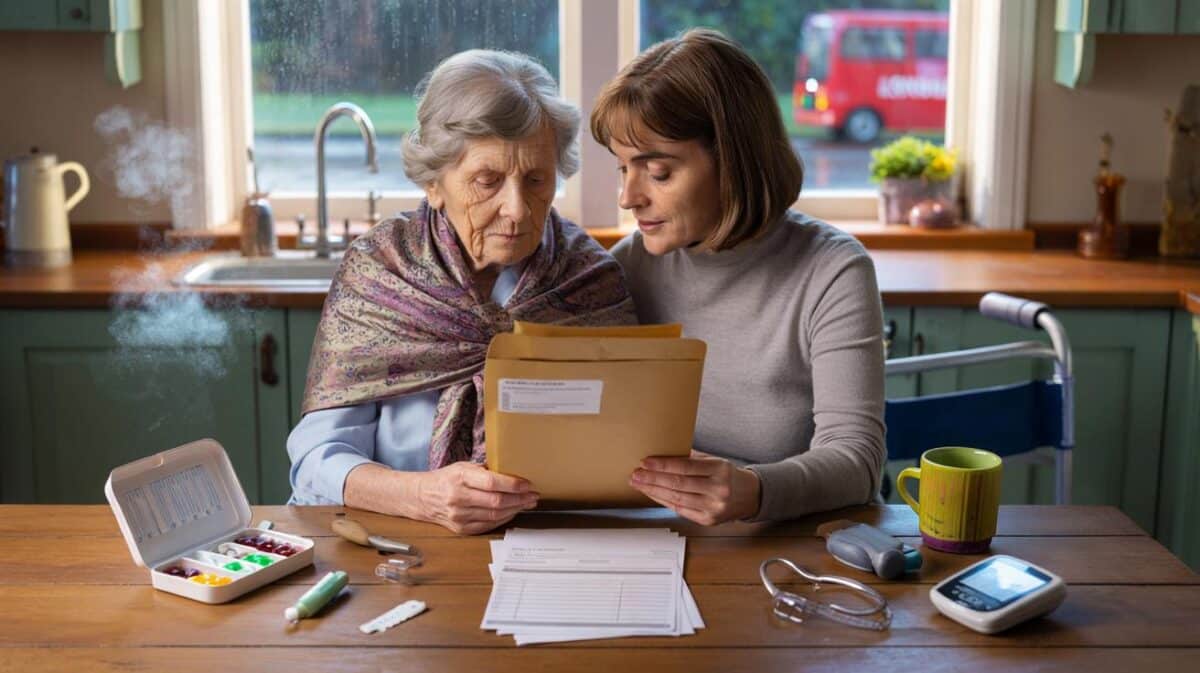People are asking the same quiet question at the sink: is this safe to use today, or should it go?
I was standing in a steamy bathroom, toothbrush tapping the rim of a mug, when a push alert flashed across my phone: recall expanded. The bottle next to the tap was halfway through, its label peeling from damp hands and morning rushes. The kind you buy without thinking. The kind everyone shares.
Within minutes, friends were texting pictures of their shower gels and hand washes, angling the camera to catch tiny batch codes printed in ghost-grey ink. A colleague said the shop had signs by the tills. In a parents’ group chat, people traded screenshots and shrugged emojis.
It felt oddly intimate, realising how many products carry the same hidden ingredient source. The list kept growing over lunch, then into the evening, then overnight. Then the list grew.
What the expanded recall actually means
The headline is simple: more products, more brands, more barcodes. What’s underneath is a single supply chain strand tugged loose, sending ripples through things we use daily. For many readers, the phrase expanded recall went from abstract to real the moment a bottle in their home appeared on the list.
Picture a shopper in Leeds who bought a hand wash two weeks ago and a matching shower gel on offer. She scans the code, checks the lot number, and realises both are flagged. She hits the retailer’s website, finds the notice, then peers at the travel-sized lotion in her gym bag with a new kind of suspicion.
These expansions tend to happen when safety teams find a pattern that reaches beyond a single product line. A raw material shared across formulas, a cleaning step that didn’t meet spec, or a packaging issue that compromises shelf life. The risk can range from mild irritation to a potential contamination that makes products unsuitable for vulnerable users. Brands pull more, not less, when the root cause points wide.
On a practical level, what’s being recalled isn’t “soap” as one monolith, but specific batches tied to batch codes and production dates. A hand wash in one scent might be affected, while the same bottle from a different lot is fine. It’s forensic, not vague.
We’ve all had that moment where a label suddenly looks like a puzzle clue. You turn bottles upside down, squint at the crimped edge of a tube, and hold a bar of soap to the window to catch the light. The recall documents often include photographs of where to look, because the details can be tiny and easy to miss.
When a company widens its scope, it’s usually because the supplier map shows shared points. One emulsifier used across body washes. A fragrance solvent appearing in lotions and scrubs. Think of it like tracing the branches from a single trunk. The broader the branches, the more products get swept into the notice, so the advice becomes consistent and clear for consumers and retailers.
Behind the scenes, testing shifts from product-by-product checks to ingredient-by-ingredient checks. Safety teams look for patterns. They cross-reference complaints, lab results, and manufacturing logs. The goal is to draw a clean line around what’s affected, then keep it unmistakably simple for the public.
Numbers appear quickly in recall updates: how many SKUs, which retailers, which date ranges. But the most useful details are the batch identifiers and the action steps. That’s the map consumers need in their hands, not just a brand name and a shrug.
Risk isn’t one-size-fits-all. A healthy adult may notice nothing beyond dry skin, while someone with a wound, eczema, or a weakened immune system could face a bigger problem. This is why the language in recall notices can feel blunt, and why the expansion often errs on caution. Better too broad than a centimetre too narrow.
What to do today, without panic
Start with your shelf, not the headline. Line up the soaps, gels, scrubs, and lotions you’ve used in the past month. Photograph each label, then find the batch code and either check the brand’s recall page or the retailer’s dedicated notice. Keep those photos — timestamped pictures are useful if you need to return items or if the list changes later.
Make a simple two-pile system: “clear to use” and “set aside”. Don’t throw anything out yet unless the guidance is clear on disposal. If an item is on the recalled list, put it in a sealed bag in a cool, dry place. That prevents leaks and keeps it separate. If in doubt, pause use and check again the next day. Lists evolve, and updates often add clarity or extra batches.
Small note for households: label shared products with a bit of tape if they’re in the “set aside” pile. That way morning autopilot doesn’t undo your careful checks. And if you’ve refilled a pump bottle from a larger container, write down the source lot number on the bottle for your own records.
Common mistakes happen when we rush, and who isn’t rushing. People sometimes toss everything from a brand even when it’s only specific lots, then feel annoyed later. Others keep using a flagged product because they “feel fine”. Both reactions are human. Pick the middle path: verify, pause use if listed, and follow the brand or retailer’s instructions for returns or replacement.
Another trap is mixing. Don’t top up a half-used pump with a different product just to feel tidy. It muddies the batch trail and complicates refunds. It also makes it harder to notice if a product smells off, looks cloudy, or separates oddly — all subtle signals something’s wrong.
Let’s be honest: nobody really checks batch codes every day. This is a moment to do it once, well, then move on. Make a habit of keeping a quick photo of labels when you buy new toiletries. It takes 20 seconds and saves twenty minutes later.
I spoke with a cosmetic safety consultant who’s worked on recall responses for years. She stressed doing the basics and not spiralling.
“Treat this like you would a food recall. Find the exact identifier, act on it, and keep the affected item out of circulation. Then go back to normal life. Panic helps no one.”
- Check the brand’s recall page and retailer notices for your exact lot code.
- Pause use of listed products; set them aside in a sealed bag.
- Request a refund or replacement through the official channel provided.
- If you’ve had irritation or symptoms, stop use and speak to a pharmacist or GP.
- Keep photos and receipts; they speed up customer service interactions.
Beyond the recall: what this says about our bathrooms
Our bathrooms are tiny museums of trust. We buy familiar bottles because they smell like clean sheets and morning light. A widened recall shakes that trust a bit, and maybe that’s useful. It nudges us to read labels, to notice batch codes, to see how a single supply chain can connect products across brands we thought were unrelated.
I kept one recalled bottle on the counter for a day, like a question mark, before dropping it in a bag and feeling the room exhale. The bigger story here isn’t just fault-finding. It’s how quickly information moves when it matters, how retailers update shelves, how families adapt routines without turning life into a checklist. Recalls end. Habits stay. If this moment helps us build one light, sustainable habit — a quick label glance before we lather — the ripple could last longer than the headlines.
| Key point | Detail | Interest for readers |
|---|---|---|
| Scope of the expansion | Dozens of soaps, shower gels, lotions and scrubs tied to specific batch codes | Understand whether your exact product is affected or not |
| What to do now | Identify lot codes, pause use of listed items, follow brand/retailer guidance | Clear actions reduce stress and save time at returns |
| Why it happened | Shared supply components can extend risk across multiple brands | Explains the sudden jump from a few items to many |
FAQ :
- Which products are affected?Specific soaps and bodycare items tied to certain lot numbers and production dates. Check the brand’s recall page or your retailer’s notice using the exact batch code printed on your bottle or tube.
- How risky is it to keep using a recalled product?Risk varies by issue. Some recalls are precautionary, others relate to contamination that can irritate skin or pose greater concern for vulnerable users. If your lot is listed, stop using it and follow the official advice.
- Where do I find the batch or lot code?Common spots: crimped ends of tubes, the base or back of bottles, near barcodes, or etched into the bottle shoulder. The recall notice often includes photos showing exactly where to look.
- Can I get my money back?Yes. Most notices include a process for returns, disposal, or free replacement. Keep your receipt if you have it, but many retailers will help with proof of purchase via loyalty data or product photos.
- What if I already used an affected product?Stop using it, monitor your skin, and speak to a pharmacist or GP if you notice irritation, redness, or signs of infection. Keep the product and its packaging until you’ve completed the return or claim, as the lot code is needed.

